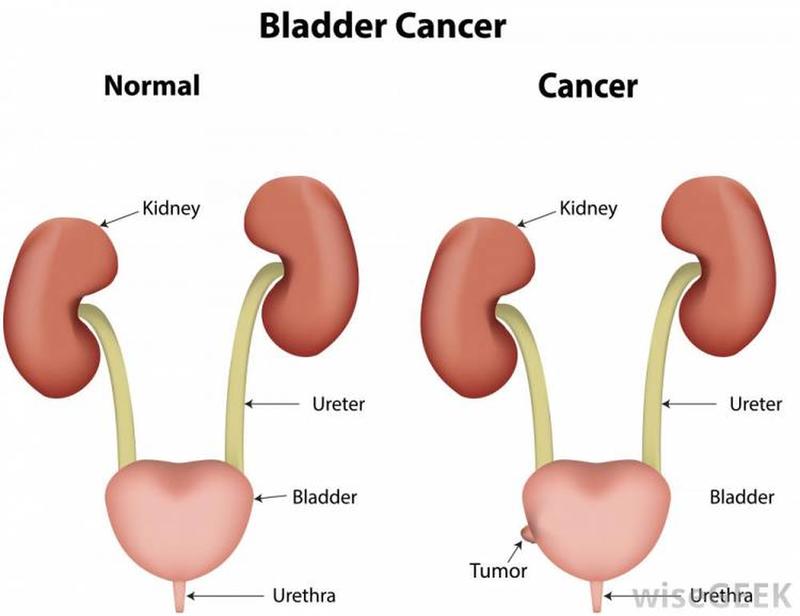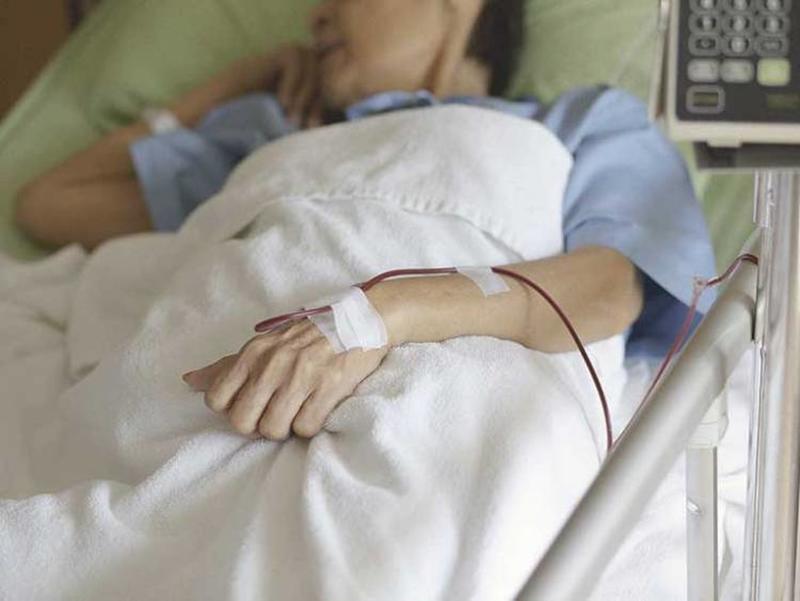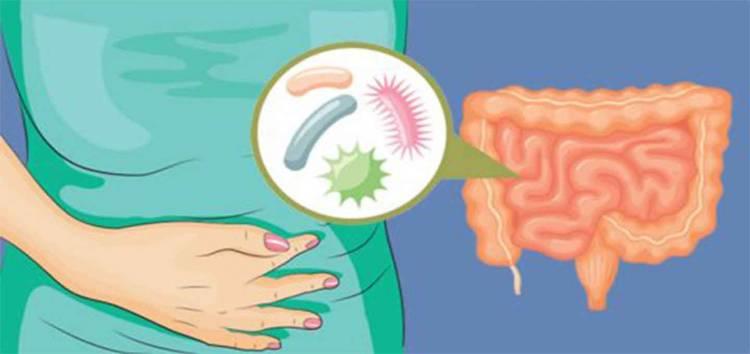According to the latest studies, bladder cancer is one of the least mentioned ones in media. That is a bad thing, as the amount of people affected by bladder cancer is a staggering amount, with the numbers rising every year. Bladder cancer is usually overshadowed by the "bigger" cancers, such as breast, ovarian, prostate, lung and skin cancers. This article is finally going to bring information about bladder cancer that every woman needs to know about.

According to publicly available statistics, around 5% of the general population is going to be affected by bladder cancer during their lifetime. While men get bladder cancer more often than women, women are the ones who usually die from this deadly condition.

It seems that the symptoms of bladder cancer (like painful urination) is more easily felt in men, than in women, which is why women are usually the ones who do not get a diagnosis in time to save their lives. Going for regular checkups can prevent this.

Bladder cancer occurs in the same way that other cancers occur - which is when cells in an organ in your body don't grow or behave in the pattern that they are supposed to. Once cells begin to do this, they multiple, making for a tumorous tissue.

There are several types of growths that can appear in your bladder, which don't necessarily have to be cancerous (but they can eventually lead to cancer). These growths are urinary tract infections (UTIs), kidney stones and benign tumors such as papilloma and fibroma.

About 90% of all bladder cancers begin in the urothelium, which is the tissue that lines the inside of the bladder, ureters, urethra, and renal pelvis. This type of bladder cancer is the most common and is medically called urothelial carcinoma.

Bladder cancer can be classified into two distinct types - invasive and non-invasive bladder cancer. The non-invasive one is the "better" option, as it only affects the lining of the urothelium, and can be more easily treated. Invasive bladder cancer is much more difficult to treat.

Just as the name implies, invasive bladder cancer can be a much bigger problem that its non-invasive counterpart. This type of cancer spreads to all of the other connective tissues and bladder wall muscles, which can be difficult to treat later on.

There are several different options for treating bladder cancer. The type of treatment selected by the doctors depends on the cancer's age, grade and the overall shape of the individual patient. The younger and fitter a person is, the easier treatment is going to be.

The primary methods for treating bladder cancer are surgery, immunotherapy, chemotherapy and radiation cycles. As most people know, chemotherapy is the most used option, but also the one that causes the most amount of side effects. Doctors usually combine surgical options with post-surgery chemotherapy.

The surgical option is the most used procedure in the early stages of bladder cancer. Depending on the severity, the surgery is either going to only remove the tumor, or a part of the bladder as well. That all depends on the growths of the tumor, as well as whether it is invasive or non-invasive.

There are more difficult situations, where the patient's life is in jeopardy when the surgeons can decide to actually remove the entire bladder. In that case, a new way of removing urine from the patient must be devised by the surgeons who are doing the operation.

There is a different classification of bladder cancer, depending on the stage of its growth, and time of detection. In that case, bladder cancer can be classified as either early or late stage. Early is when the growth has just been started, and that's the most easily treatable one.

On the other hand, late-stage bladder cancer is several times more difficult to treat, with a much higher rate of mortality. For that reason, doctors suggest that patients do their annual health checkups, so they can catch cancers while they are still in early stages.

Bladder cancer can come with a variety of symptoms. Some of these symptoms include: frequent or often need to urinate, intense or sudden need to urinate, difficulty urinating and burning sensation or pain while urinating. Do talk to your doctor if these symptoms occur for long periods of time.

Late stage bladder cancers can have some differences in regards to the symptoms when compared to early-stage bladder cancer. Symptoms that appear in the later stages are a loss of appetite, weight loss, fever, change in bowel habits, lump in your pelvis and others.
